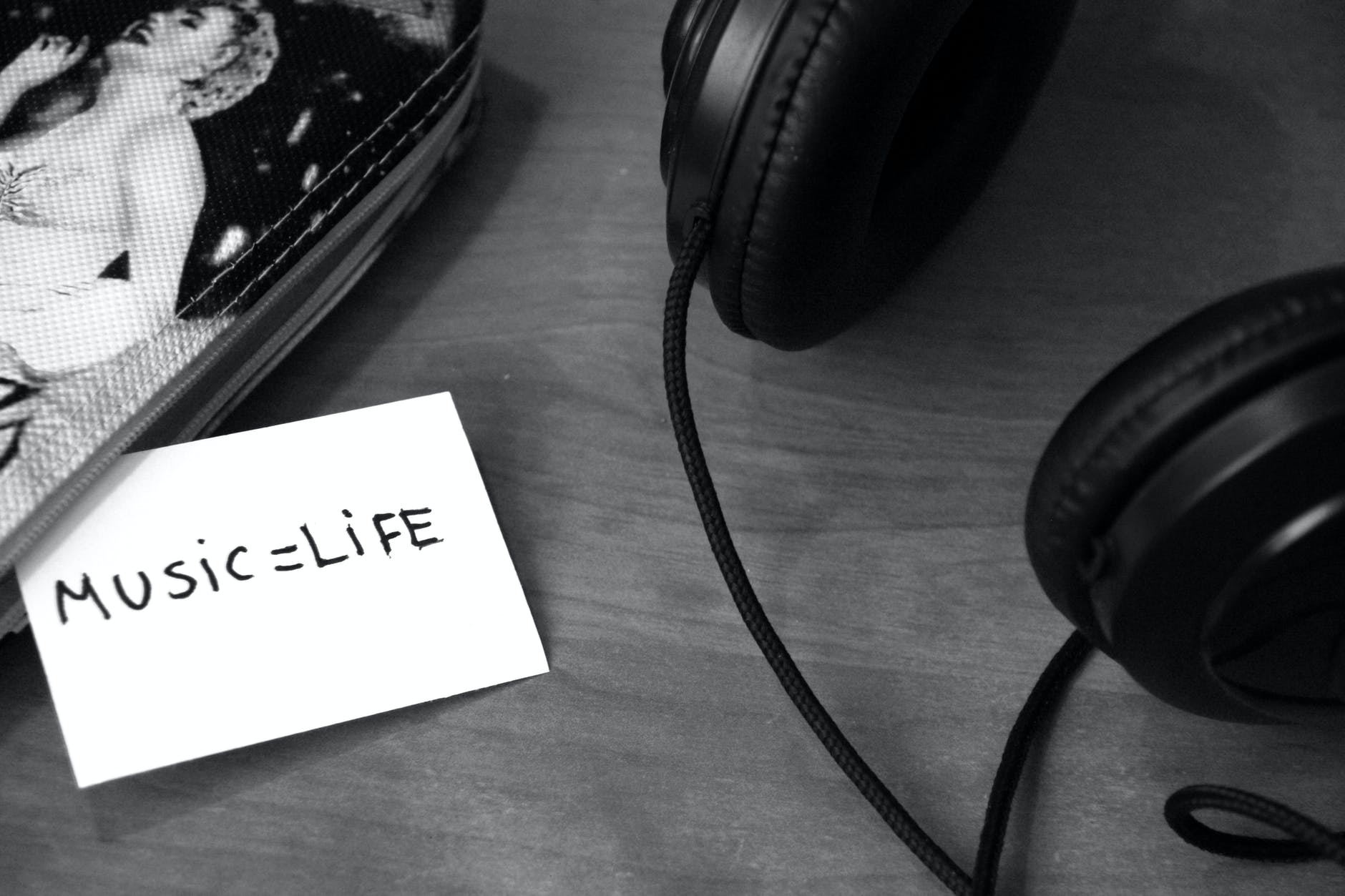Whether you are preparing to purchase your first set of professional studio monitors or upgrading an old pair, figuring out which monitors are best for you can be a confusing and cumbersome process. There are many studio monitor choices, but often people are unsure what monitors they should choose. Here is some practical advice to use as your prepare to make your new purchase.
Understand the Music
One of the first things you should know is what you will be using your monitors for. Will you be creating music, such as afro-pop beats, or will you be recording vocals for songwriting or demos? Knowing the purpose behind your purchase is important when choosing a set of monitors. There are many studio monitors to choose from each with its own unique stock settings. Some monitors are more pleasing to the ear than others depending on what type of music will come through them. People who listen to a lot of hip-hop or pop music may have different monitor needs than people who work with classical music. Knowing what you will use your studio equipment for will be beneficial to you in the long term.
Test and Listen
This is probably one of the most obvious pieces of advice but it is often overlooked. Take the time to go to a store and listen to monitors you are potentially looking to purchase. Great places to do this are Guitar Center and Sam Ash. You may even consider places such as Amazon or Musician’s Friend. For online retailers, be sure to look into the return policies. You may be able to purchase studio monitors, test them, and return them if you do not like them within the return period.
Create a music playlist of some of your favorite songs. You can do this through apps like Spotify, Apple Music, or Tidal. Take this music playlist to the store and play it over the monitors you are interested in. Do things sound too bassy or boomy or do the vocals hurt your ears when you listen? Question how the mix of the music sounds through the monitors. Look for details in the low to mid-range frequencies on the music playlist. Listen for definition in the fingering of various live instruments (if applicable) such as electric bass or cellos.
Pay attention to the definition in the high frequencies of the monitors. You don’t want studio monitors that “color” the frequency spectrum and give you an inaccurate picture of what you’re hearing.
It is important to note that a “good” sounding monitor is not always the best monitor, but a “bad” sounding monitor can be great for music industry professionals. A prime example of a “bad” sounding set of monitors is the Yamaha NS10s. In the music industry, it is widely believed that if your music sounded good on these, then your mixes would translate well on just about any stereo system. Your music playlist may sound great at the first listen but don’t be fooled! Listen Critically.
Work with Your Budget
Establish a budget for your purchase. No matter whether you’re a seasoned engineer, amateur music producer, or casual listener, setting a budget for yourself will be extremely helpful. Determine how much you want to spend on your monitors. If your budget permits, you may also want to consider having your room acoustically treated. Acoustic treatment helps control the sound reflections in a room in order to allow for a more accurate representation of sound.
One company that can assist you in the acoustic treatment of your room is Overtone Acoustics. They sell acoustic foam and sound control products. They offer free acoustic assessments to help you get the best sound quality from your studio monitors.
Final Thoughts
Keep in mind that, in general, you will get what you pay for. If you need to save up more money to purchase a higher-quality studio monitor, then do it. However, if you cannot wait, purchase what you can afford.


